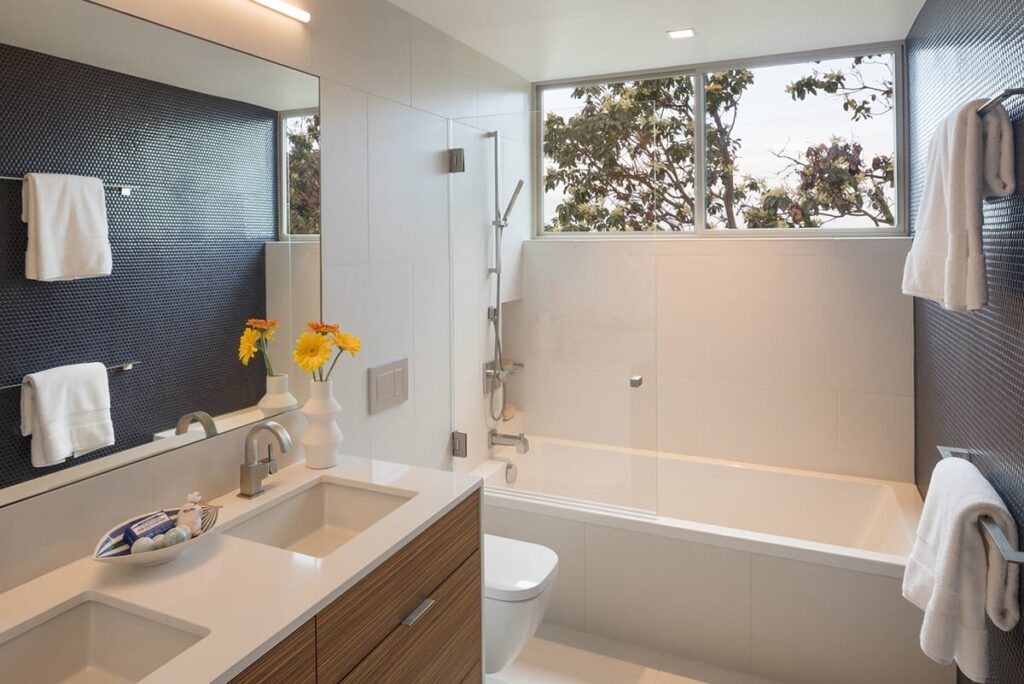
How to Prevent Toilet Leaks: Effective Strategies for Homeowners
Every homeowner dreads unexpected plumbing issues, especially when it comes to the most frequently used fixture in the house: the toilet. Understanding how to prevent toilet leaks is crucial for maintaining a functional and efficient bathroom. Toilet leaks not only waste water but can also lead to increased utility bills and potential damage to your home. By being proactive and following some simple strategies, you can ensure your toilet remains leak-free.

Understanding the Causes of Toilet Leaks
Before diving into prevention strategies, its essential to understand the common causes of toilet leaks. Often, leaks occur due to worn-out parts, improper installation, or aging seals. By identifying these issues early, you can take preventive measures to avoid costly repairs.
Worn-Out Flapper
The flapper is a crucial component that controls water flow from the tank to the bowl. Over time, it can become worn or warped, leading to leaks. Regularly checking and replacing the flapper can prevent unnecessary water wastage.
Loose or Damaged Connections
Leaks can also occur due to loose or damaged connections between the tank and the bowl. Regularly inspect these connections and tighten or replace them as needed.
Essential Tools for Identifying Toilet Leaks
Having the right tools on hand can make identifying and fixing leaks much easier. A simple way to check for leaks is by using food coloring. Add a few drops to the tank and wait for about 30 minutes. If the color appears in the bowl, there’s a leak.
Plumbers Tape
Plumbers tape is essential for sealing threaded joints and preventing leaks. Ensure you have this in your toolkit for quick fixes.
Regular Maintenance to Prevent Leaks
Regular maintenance is key to preventing toilet leaks. Here are some tips to keep your toilet in optimal condition:
Check the Fill Valve
The fill valve controls the water level in the tank. Ensure it is functioning correctly and replace it if necessary.
Inspect the Wax Ring
The wax ring creates a seal between the toilet and the floor. If you notice water pooling around the base of the toilet, it might be time to replace the wax ring.
Eco-Friendly Tips for a Leak-Free Toilet
Adopting eco-friendly practices not only helps the environment but can also prevent leaks. Consider installing a dual-flush system or using a toilet tank bank to reduce water usage. For more eco-friendly tips, check out this eco-friendly bathroom remodel guide.
Choose Sustainable Materials
When making repairs or upgrades, opt for sustainable materials that last longer and reduce the need for frequent replacements. You can learn more about sustainable materials in bathrooms here.
Advanced Leak Prevention Techniques
For those looking to take extra precautions, consider installing a bathroom leak sensor device. These devices alert you to any potential leaks, allowing for quick intervention. For more information on leak sensor devices, explore this link.
Upgrade to Water-Saving Technology
Modern toilets offer water-saving technologies that not only conserve water but also reduce the likelihood of leaks. Learn about innovative water-saving toilet tech here.
Common Mistakes to Avoid
Avoid common mistakes that can lead to leaks, such as using in-tank cleaners that can degrade toilet parts. Regularly inspect your toilet and avoid using it as a disposal unit for non-flushable items.

FAQ Section
Why is my toilet leaking at the base?
A leak at the base usually indicates a worn-out wax ring or loose connections. Inspect these areas and replace the wax ring if necessary.
How often should I check my toilet for leaks?
It’s advisable to check your toilet for leaks every six months. Regular inspections can help catch potential issues early.
Can a leaking toilet increase my water bill?
Yes, a leaking toilet can significantly increase your water bill. Even a small leak can waste gallons of water each day, leading to higher costs.
By understanding how to prevent toilet leaks and implementing these strategies, homeowners can save water, reduce costs, and maintain a well-functioning bathroom. Taking proactive measures can prevent minor issues from becoming major problems.
This article contains affiliate links. We may earn a commission at no extra cost to you.